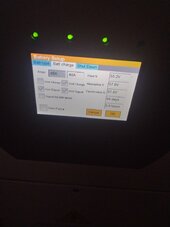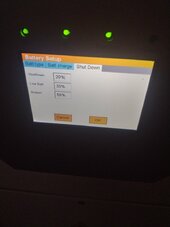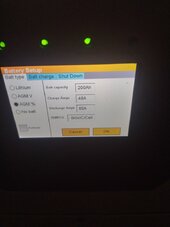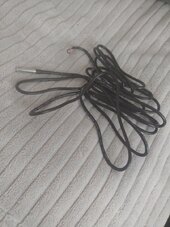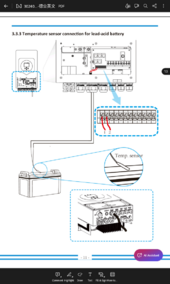My house will not burn down, never ever never, you should wait untill the final pictures of set up, before further putting the jinx on my house, and also you should wait to see an MC certificate from a electrician who is only happy to pass my job of with a certificate once everything is within spec.I commissioned my inverter 40 days ago if you don't burn your house down first it's what you got to look forward to
View attachment 227222View attachment 227223
By the way keep staring at that thing you're gonna go blind
But that said if i was to burn my house down, I'll be sure to to cook some jacket potatoes on the red hot ashes
So when I get my MC certificate which I will, I'll post it here, and then you get some more popcorn
and if I was you I would stop taking the piss, and chill out
Last edited:




